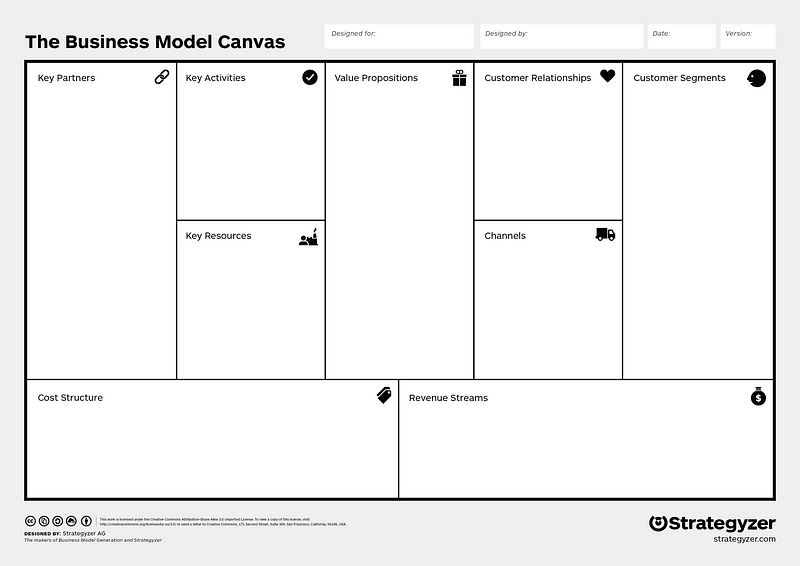Quem quiser abordar a temática do pricing a sério tem de obrigatoriamente começar pelos clientes e pelo que é valor para eles
"Phenomenological and experiential facet...
Both terms, ‘experiential’ and ‘phenomenological’, emphasize the co-creation role of the customer. From this understanding, ‘experience’ does not refer to the customer’s past experiences, it rather describes the perishability inherent to CV. This underscores that value cannot be inventoried and is not created solely by the company which is, however, not new to the literature.
...
Although both terms are still discussed, ‘phenomenological’ has recently been preferred, as ‘experiential’ implies several other meanings, such as a focus on the past. In contrast, phenomenological emphasizes the idiosyncratic determination of value without implying a focus on the past.
...
the phenomenological nature of CV as context-specific, interactive, and attached with meanings. The C-D logic accepts that interactions facilitate the creation of value, however, contrary to the S-D logic’s supplier-oriented approach, it emphasizes that it is the customer who ultimately determines the value created. In doing so, the C-D logic stresses that other processes not directly related to interactions also need to be considered.
...
Seeing the customer in a constant and interactive process with other actors, such as companies and other customers, bolds the increasing focus on relational aspects, which is therefore underpinned in the S-D and C-D logic. Hence, an increasing focus on relationships, rather than on transactions, is suggested. According to both logics, the customer is engaged in multiple relations- hips, also to actors other than the company. The old-fashioned view on relational aspects as being dyadic does not seem to be supportable anymore. Intuitively, the customer now appears as being embedded within a context of other value determining resources and actors.[Moi ici: Outra vez algo que ajuda a perceber o valor que pode ter uma utilização criteriosa da cláusula 4.2 da ISO 9001:2015]"
Trechos retirados de "Reframing customer value from a dominant logics perspective" de Tobias Schlager e Peter Maas e publicado por International Journal of Marketing (2012) 51:101–113
















